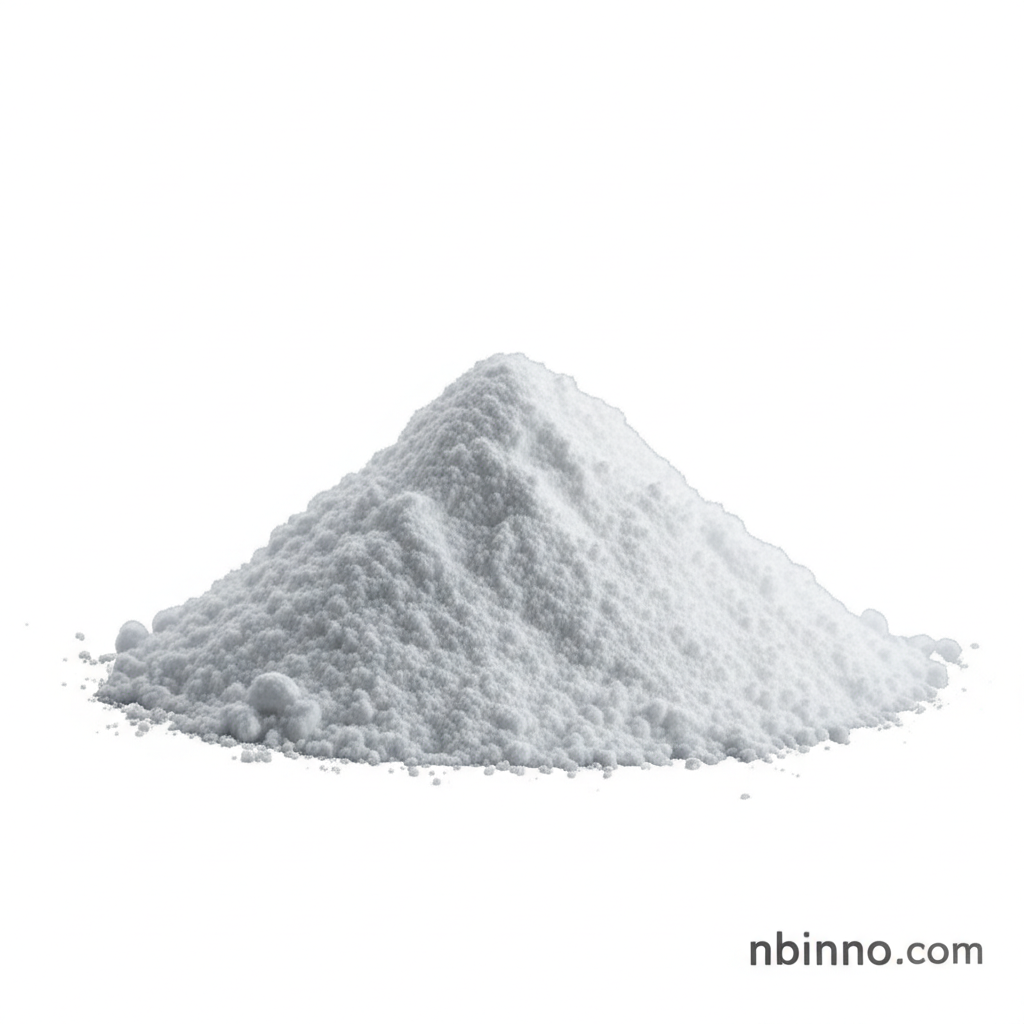Famotidine 76824-35-6: Your Guide to Acid Reduction
Discover the efficacy of Famotidine for managing stomach acid and related conditions.
Get a Quote & SampleProduct Core Value

Famotidine
Famotidine is a powerful histamine H2 receptor antagonist, crucial for significantly reducing stomach acid production. This makes it an effective treatment for a range of gastrointestinal issues, from common heartburn to more severe conditions like stomach ulcers and GERD.
- Explore famotidine uses for effective heartburn relief and understand how it mitigates the discomfort of acid indigestion.
- Delve into the famotidine H2 receptor antagonist mechanism to grasp how it directly impacts acid secretion in the stomach.
- Understand the potential famotidine side effects and learn about precautions for safe usage.
- Learn about critical famotidine drug interactions to ensure safe and effective treatment plans.
Key Advantages
Rapid Acid Reduction
Famotidine works by decreasing the amount of acid produced by the stomach, providing swift relief from symptoms associated with excess stomach acid.
Versatile Medical Applications
This pharmaceutical chemical is vital for treating gastric and duodenal ulcers, erosive esophagitis, and GERD, demonstrating its broad utility in digestive health.
Minimal Drug Interactions
Compared to other H2 blockers, famotidine has fewer interactions with the cytochrome P450 enzyme system, leading to a safer profile when used with other medications.
Key Applications
Heartburn and Acid Indigestion
Famotidine is widely used to treat heartburn and sour stomach, offering relief from discomfort caused by excess stomach acid.
Stomach Ulcers
The medication aids in the treatment of gastric and duodenal ulcers by reducing the acidic environment that hinders healing.
Gastroesophageal Reflux Disease (GERD)
Famotidine is a cornerstone in managing GERD, where stomach acid frequently backs up into the esophagus.
Hypersecretory Conditions
It is also prescribed for conditions involving excessive stomach acid production, such as Zollinger-Ellison syndrome.
